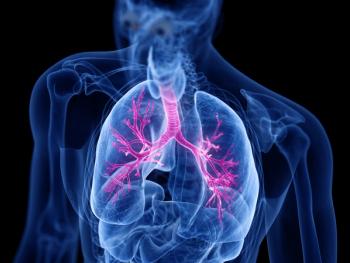
US Company Awarded UK's First "Promising Innovative Medicine" Designation
The UK’s Medicines and Healthcare Regulatory Authority (MHRA) has awarded Northwest Biotherapeutics, Inc. (Bethesda, MD) the very first “Promising Innovative Medicine”, or PIM designation, for the company’s DCVax-L product.
The UK’s Medicines and Healthcare Regulatory Authority (MHRA) has awarded Northwest Biotherapeutics, Inc. (Bethesda, MD) the very first “Promising Innovative Medicine”, or PIM designation, for the company’s DCVax-L product.
A positive PIM is the first step towards an Early Access to Medicine Scientific Opinion as part of the UK’s
None of this replaces a formal marketing authorization; that will have to come once more data is available and with real world evidence expected to be collected whilst the product is used under EAMS.
But getting a PIM is not straightforward. (See MHRA’s gateway criteria
Northwest Biotherapeutics’ DCVax-L is under development to treat Glioblastoma multiforme (GBM). The company
Next step: EAMS scientific opinion
To get the positive EAMS scientific opinion more needs to be done. A
EAMS is part of a much bigger effort to boost life sciences in the UK. It’s been trumpeted by the Life Sciences Minister, George Freeman. He
What difference does a PIM make?
More PIMs can be expected, perhaps as many as
But all of that could be up to a year faster than would have been the case, adding valuable years to effective patent life.
Leela Barham (
Newsletter
Lead with insight with the Pharmaceutical Executive newsletter, featuring strategic analysis, leadership trends, and market intelligence for biopharma decision-makers.




